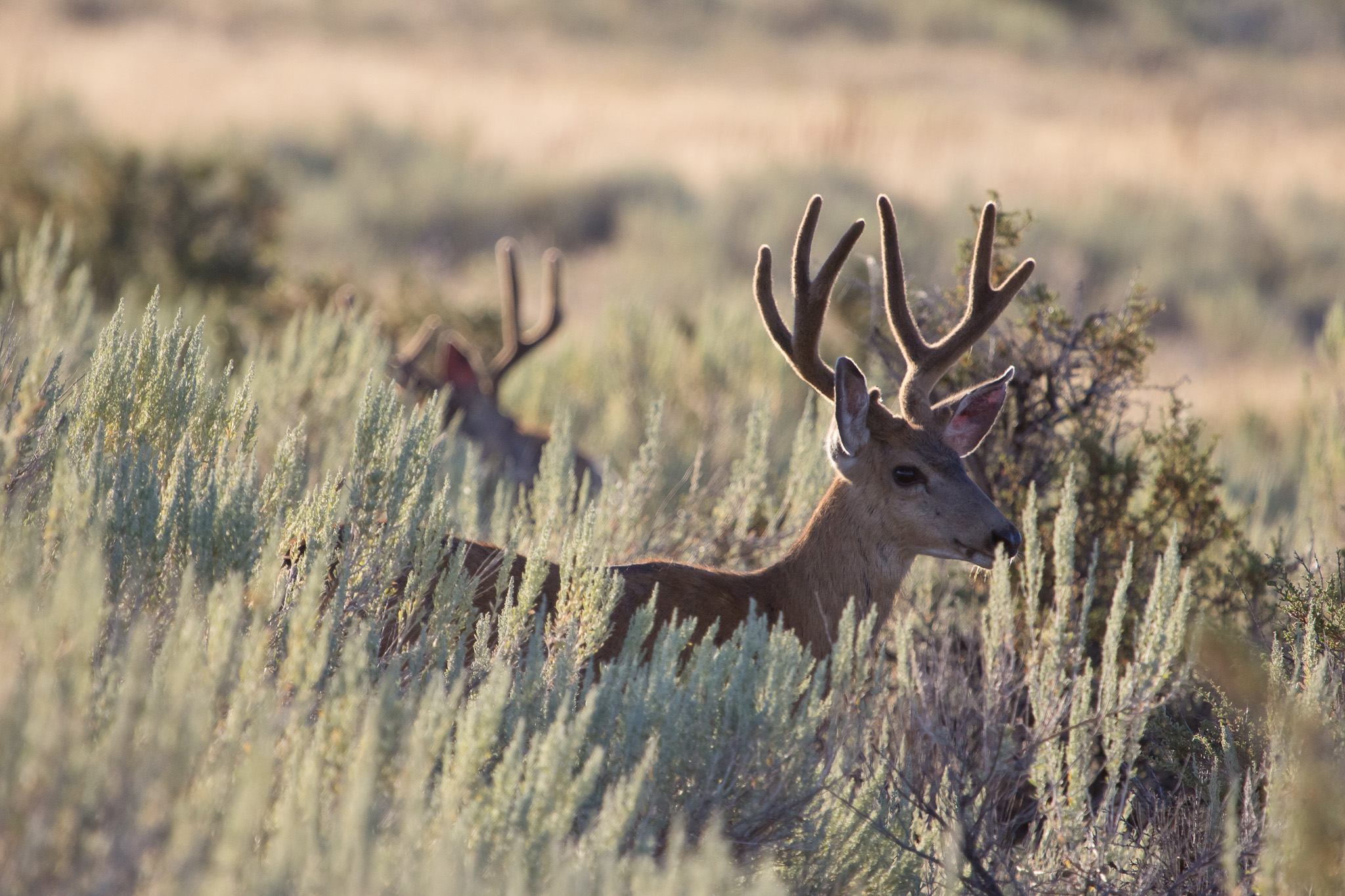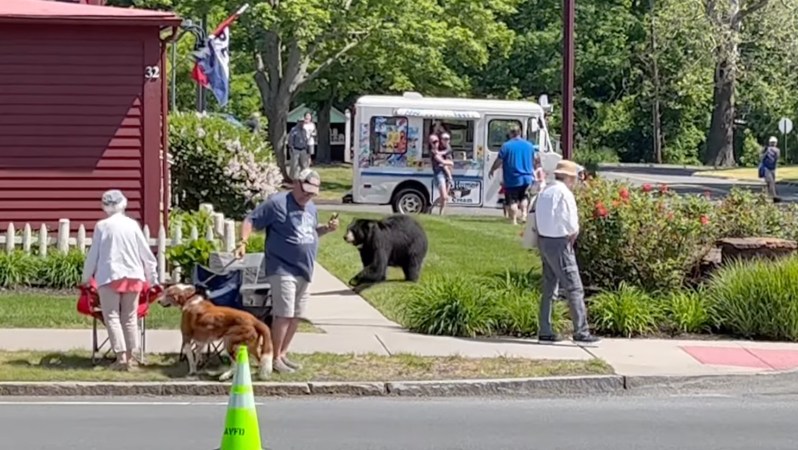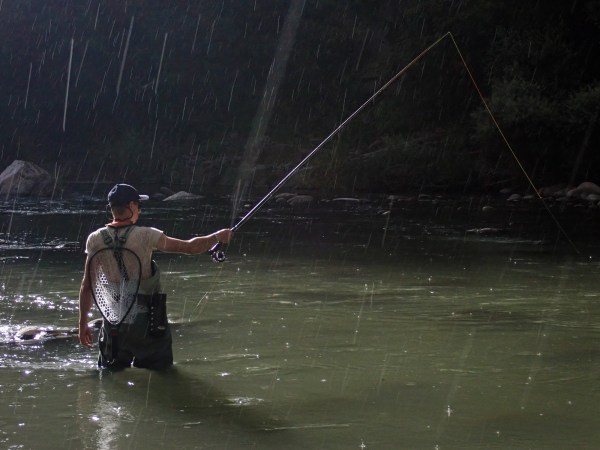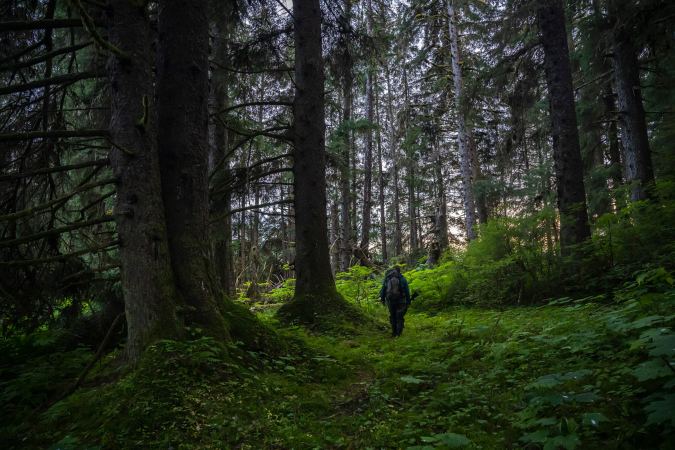There’s no more effective way to squeeze joy out of passion than by serving on the board of directors of a favorite non-profit.
Board service is, for a volunteer, the pinnacle commitment to a cause, but because the actual work is either ceremonial or procedural, it can feel bloodless and corporate. I joined the board of the Mule Deer Foundation because I love to hunt mule deer, but six years into it, I spend way more time on budgets, strategic planning, and brand development than I do in the field in pursuit of my totemic game species.
The same is true of my experience with Wild Montana, the organization previously known as the Montana Wilderness Association. I got involved in this group because of my deep connection to wilderness, and my belief that sustaining wild places is the most hopeful gift we can leave our children’s grandchildren. As a board member, I spend way more time in Zoom meetings than I do in hiking boots.
But all the tedious procedurals that define board service were paid off in full earlier this month, when my fellow Wild Montana board members voted to sue Montana governor Greg Gianforte. Ours wasn’t a casual or impulsive decision, but rather one that confirms my belief in our system of checks and balances and what seems to be an increasingly quaint—and conservative—view that government is in place to serve the people, not the other way around. It also confirms my belief that volunteers working together is one of the most powerfully galvanizing forces on Earth.
You can read the text of the suit here, but what’s missing from the sober legal document is the passionate purpose that energized not only Wild Montana board members and staff, but also fellow travelers with the Montana Wildlife Federation, which joined the suit. And, lest you mistakenly believe these are fringe insurgent groups, the very straight-laced Montana Association of Counties filed a similar lawsuit asking the court to compel our governor to reconsider what we think is his unconstitutional veto of one of the most consequential pieces of conservation legislation of recent years.

Weed for Wildlife
While our lawsuit is clear in its basis and demand, the series of events that culminated in the action requires a little navigation. It started with Citizens Initiative 190, passed by nearly 60 percent of voters in the 2020 election. I-190 allowed for the sale of recreational marijuana, with the provision that the state would impose a 20 percent tax on sales. Tax revenue was earmarked for a number of destinations, including for addiction treatment, veterans’ services, and state parks. But fully 32 percent of weed taxes were to be directed to conservation, the terms of which would be decided by the legislature. The 2021 state legislature approved the revenue allocation, but the actual appropriation was left to the 2023 legislature to decide.
Here’s where things got both wacky and wonderful. Wacky, because the new Republican supermajority in the legislature didn’t look kindly on throwing so much money at habitat acquisition, and doubly wacky because Gianforte’s budget director favored plowing weed-tax revenue into law enforcement, treatment, and the courts—almost anything but conservation. Wonderful because, at the last minute, a durable coalition of interests came together to make passage of Senate Bill 442 one of the best examples of bi-partisan cooperation to come out of the session. Hundreds of hunters, anglers, veterans, ranchers, and merchants testified in support of the bill.
Thanks to revisions that directed marijuana revenue to deteriorating county roads, along with conservation easements and habitat improvements, veterans’ services, and law-enforcement agencies, SB442 picked up over 130 votes in the Montana house and senate—far more than the minimum required to override a gubernatorial veto—and was passed on to Gianforte for his signature.

Unfortunately, the governor vetoed the bill, arguing that it created a “slippery slope” by devoting state resources to county roads. In his veto letter, Gianforte also expressed concern that county governments would use the weed-tax windfall on “capricious, unnecessary projects” that would increase citizens’ tax burden.
Governors veto bills all the time, and as unfortunate—and I argue misinformed—as Gianforte’s veto of SB442 was, it was the mechanics of the veto that have whipped up a firestorm in Montana, and ultimately led to the lawsuits by county-government and conservation groups.
Executive-Branch “Gamesmanship”
The fate of SB442 comes down to a question of timing. The legislature passed the bill on May 1. The following day the Senate adjourned for the session, while the House continued deliberations on unresolved bills. At some point during the day of May 2, Gianforte vetoed SB442, but because the Senate was already adjourned when the House got the news, neither chamber was able to initiate an override vote. Whether the timing of the veto was accidental, or whether Gianforte knew that SB442 had such overwhelming support that the clandestine veto would have been summarily overridden might never be known. Regardless, the lawsuits claim Gianforte’s “gamesmanship” of the situation is unconstitutional.
The two lawsuits filed in Lewis and Clark County District Court in Helena ask a judge for an order to allow the legislature to vote on a veto override of SB442. Failing that, they ask the judge to declare SB442 law because the governor’s office failed to follow proper procedures.
In a letter to Gianforte, lawyers representing Wild Montana claim “the legislative process has been stunted” by the governor’s timing, which they claim was intended “to hit the Senate in a no man’s land; too late for the originating house to consider and override the veto but also too soon for the Secretary [of State, also a plaintiff in the suit] to poll the Legislature.”
Essentially, the lawsuit claims that the executive branch, by failing to allow the legislature to participate in a critical step in the system of governmental checks-and-balances, is grabbing a constitutional authority—to legislate—reserved for the legislature. Montana’s constitution does not “contemplate this precise situation because the constitution necessarily presumes the good faith of Montana’s elected officials, not the exploitation of perceived loopholes,” the lawyers wrote to the governor. “The principles underlying our constitutional provisions and laws make crystal clear that the Legislature—not the Governor—has the last say on whether a bill becomes a law.”
All those cold, procedural questions are for the judge to consider. But the act of initiating the suit, a dozen volunteers like myself looking each other in the eyes and together deciding to challenge our state’s highest elected official, is the very essence of participation, of coming together around a shared commitment to an idea and an organization.
I’d also argue that our action is the very essence of citizenship, of demanding that our elected officials act transparently, with restraint, and concern for the future. Not coincidentally, that’s also the basis of conservation.









